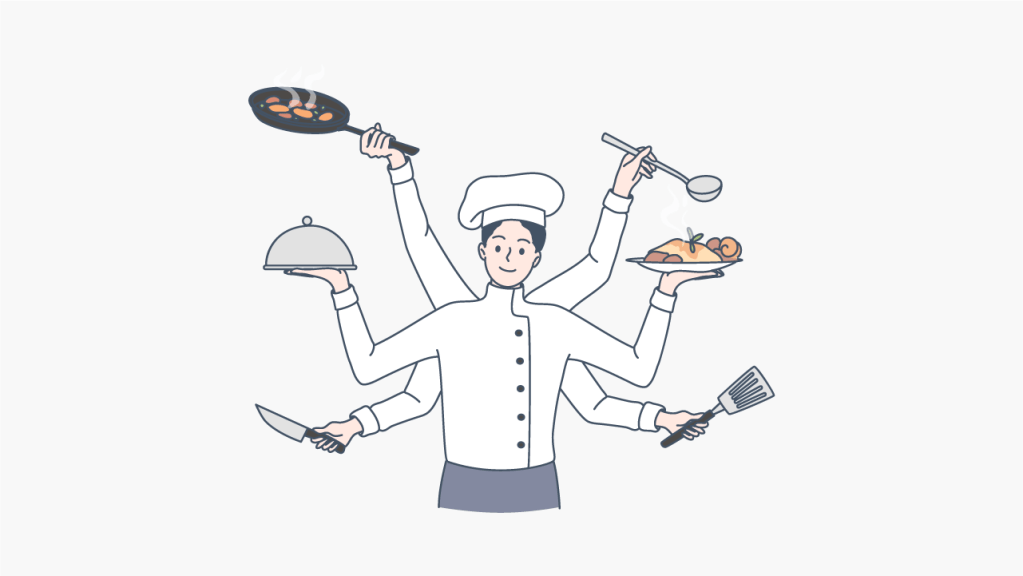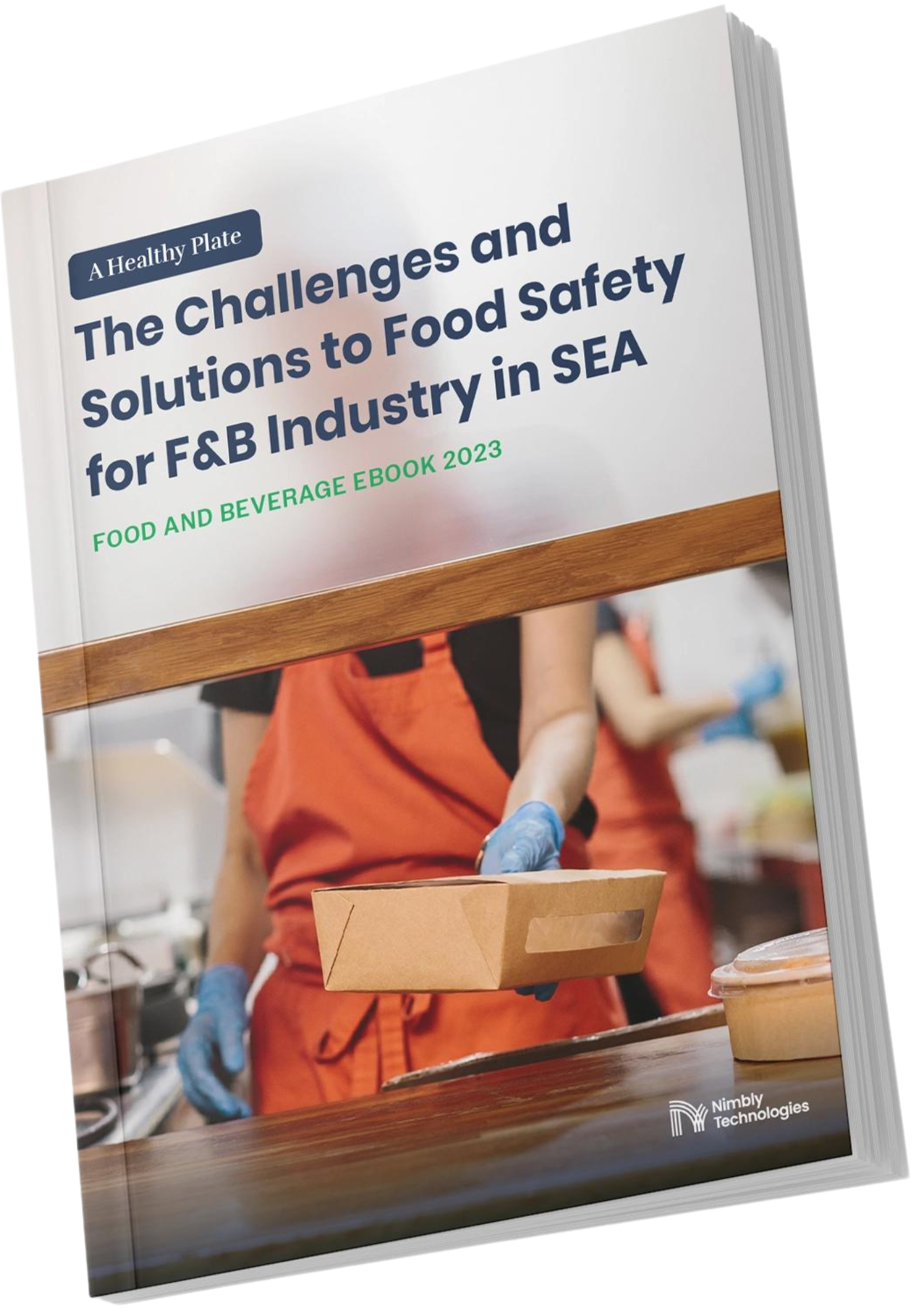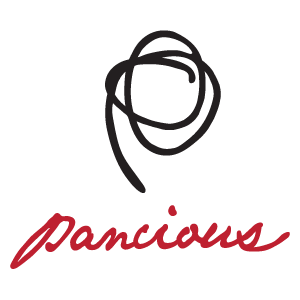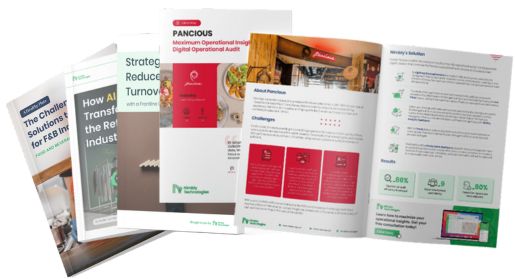

When it comes to foodservice operators, delivering food and products with the highest quality is a set standard that must be adhered to. Failure to do so, means the food safety and health regulations in the business are not followed properly, particularly when it comes to food temperature. Avoiding the food danger zone is vital in guaranteeing safe and high quality products and meals and protecting both staff and customers from food-borne diseases.

The phrase "danger zone" in the context of food safety describes the temperature range in which bacteria can grow, develop and multiply. Bacteria grow most rapidly in the range of temperatures between 40 °F and 140 °F, doubling in number in as little as 20 minutes.
This is why it is important not to leave food out at room temperature for too long, as it can cause bacteria such as Staphylococcus aureus, Salmonella Enteritidis, Escherichia coli O157:H7, and Campylobacter) to grow to dangerous levels that can cause illness.
According to the FSDA (Food Safety and Inspection Service), it is important to keep food out of the danger zone in the following ways:
Baca juga: 8 Cara Menjaga Makanan Tetap Panas dan Dingin untuk Restoran
In the food service industry food safety is one of the most important aspects when it comes to serving and preparing food. It is impossible to avoid making mistakes or for human error to come into play among other factors including material handling and preparation or the state of equipment. Each step poses a risk for pathogens to grow so staff must move quickly and pay close attention to prevent food-borne illnesses.
When it comes to handling hot food, the appropriate holding temperature for hot food is at 140°F or above. Problems arise when hot food is not stored or cooled properly, or when it is not cooked or reheated appropriately to eliminate any illness-causing bacteria. Staff should regularly check the temperature of hot food in order to be able to take appropriate action in case the food is contaminated or comes close to the food danger zone.
For cold food, it is important to pay attention to the labeling and dating of ingredients, making sure that they are safe for preparation, cooking and consumption. On average, it is deemed as safe to leave cold food out for up to six hours (from refrigeration temperatures at 40°F and below), however this can vary depending on the type of food.
These are foods that are particularly sensitive and more vulnerable to pathogen spread and growth. Foods such as dairy and poultry products, meat, seafood, soy proteins, cut greens and vegetables require regular temperature checks and need to be monitored closely.
According to Food Safety & Training Certification, TCS Food includes:
Ensure that these food items are kept in safe temperatures pre and post cooking using a food thermometer. Make sure that items used in preparation are properly sanitized.

Businesses operating in the food service industry should pay close attention to the importance of temperature when it comes to storing and preparing food supply. The daily checklists and SOPs for frontline staff should have accurate data input and reporting, and problems or alerts should be issued in real time to avoid a crisis.
It is wise to invest in solutions that allow for real-time remote monitoring and insights into each individual outlet’s activities so that staff are alerted instantly of any temperature or equipment that is out of the standard set range. Find out how Nimbly’s platform can help you achieve operational excellence when it comes to food safety and compliance.
